Palacio Dar al-Horra and the Science in al-Andalus Exhibition. The Moors introduced many aspects of science to al-Andalus; biology and agriculture, mechanics, astronomy, timekeeping and navigation, medicine and architecture
By Nick Nutter | Updated 15 Mar 2022 | Granada | Museums |
Login to add to YOUR Favourites or Read Later
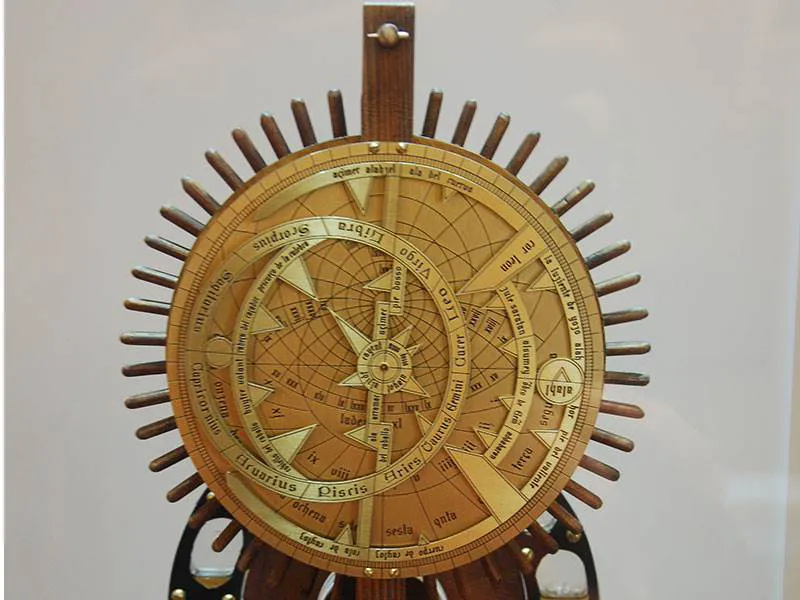
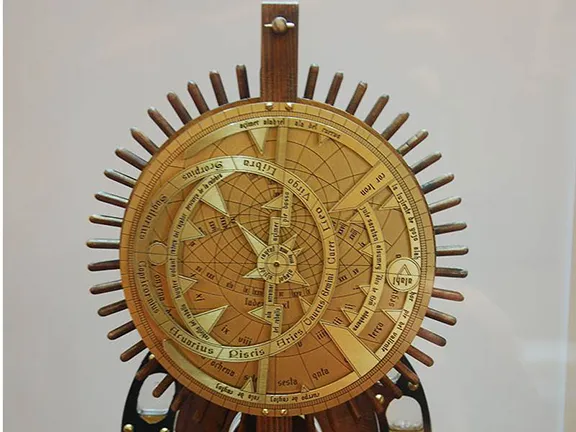
Astrolabe
Granada is known for its Palacio’s, residences for princes, nobles and wealthy merchants. One is special, Palacio Dar al-Horra, in the middle of the Albaicin district, was the home of Aixa, the beautiful wife of Sultan Muhammed XI and mother of Boabdil.
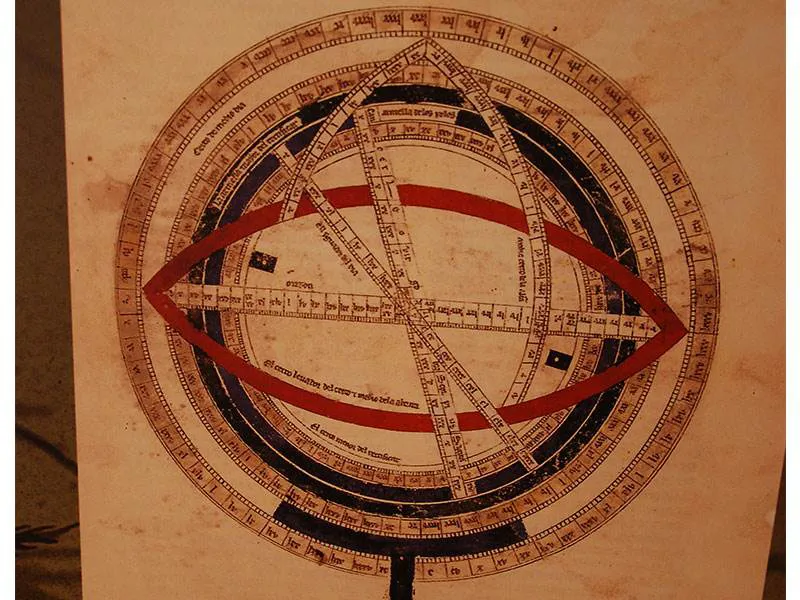
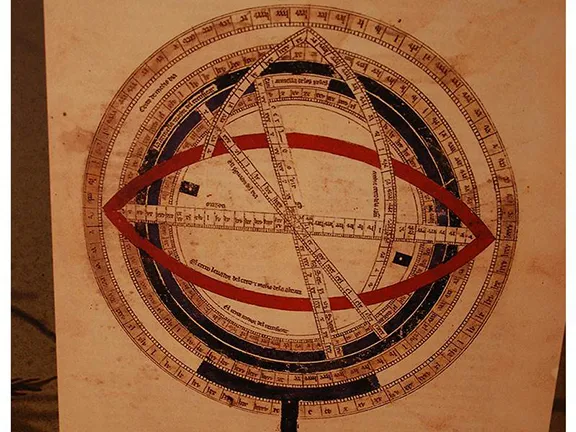
Armarilary Sphere of Azarquiel
In 1922 the Palacio was declared a National Monument and restored to its original condition. This elegant residence is set around a central courtyard and features a watchtower from which there are panoramic views of the Alhambra and the city of Granada. On the upper floor, rooms have wonderful plasterwork and inscriptions from the Nasrid era. All worth seeing, but it is something else again that makes this palace special.
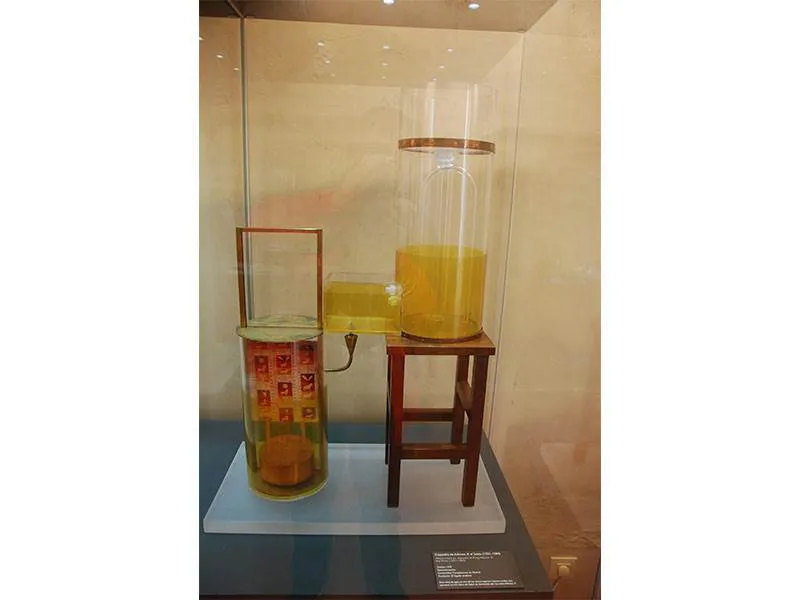
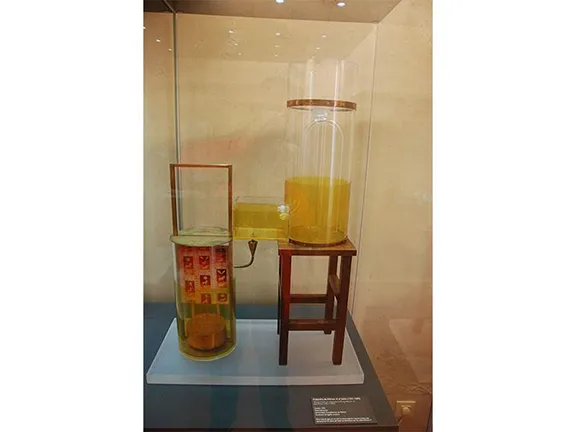
Clepsydra of Alfonso X
Within the rooms, there is an exhibition of the science introduced to Andalucia by the Moors. Knowledge was prized by the Muslims. Their scholars spent days, weeks and months, debating, calculating and thinking. They covered many aspects of science; biology and agriculture, mechanics, astronomy, timekeeping and navigation, medicine and architecture. Much of that knowledge was lost to western civilisations when the Moors were removed from Andalucia and southern Europe in the late 15th century. It has only been re-discovered in long-forgotten manuscripts in recent years.
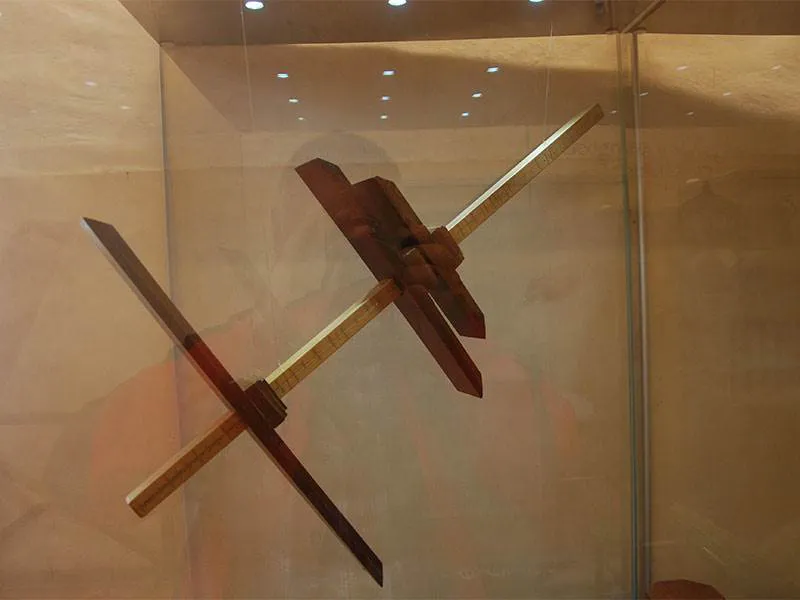
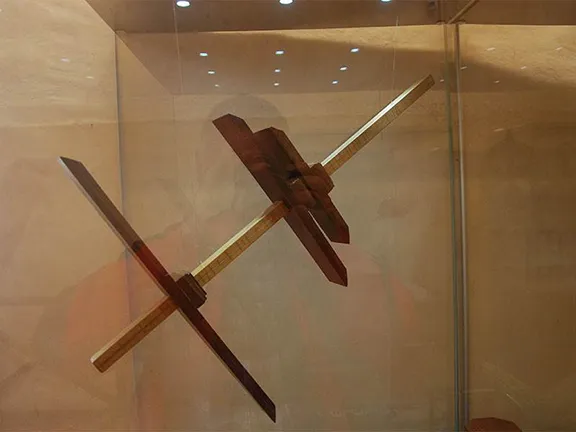
Longstaff
One room in the palace contains works of astronomers and navigators, together with instruments that would be difficult to assemble today; not so much because they are incredibly beautiful, more because they are intricately designed to precise mathematical formulae to predict and analyse stellar phenomenon. Foremost amongst those astronomers was Abu Ishaq Ibrahim ibn Yahya al-Zargali. Ibn Said, otherwise known as Azarquiel, an 11th-century Governor of Toledo, described him as, ‘the wisest of all men of science in the movements of the stars and in the constitution of the spheres’. A depiction of the Armilar sphere, designed by Azarquiel, is shown in Alfonso X, the Wise’s ‘Book of the Wisdom of Astronomy’, published in the 13th century.
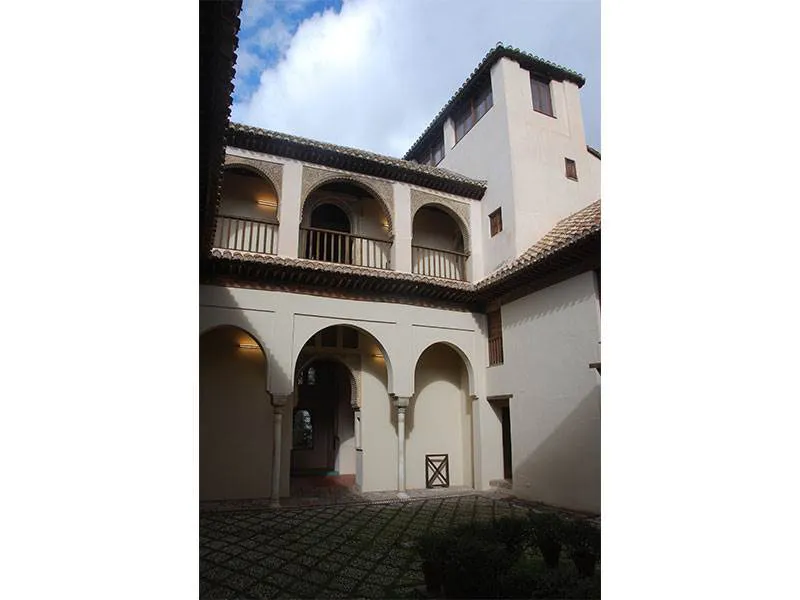
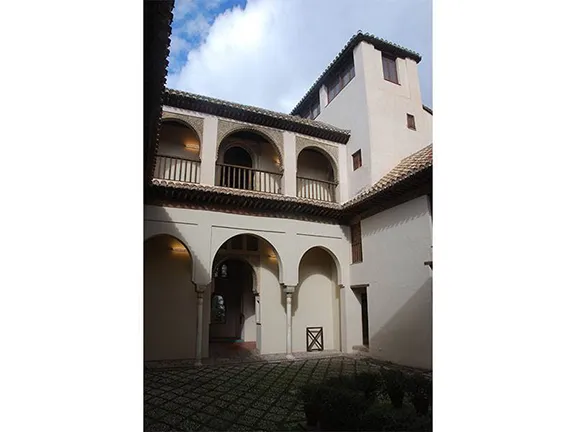
Palacio al-Horra
Another Andalucian astronomer, as-Sahli, designed an astrolabe in 1068 AD. By the time the Islamic armies arrived in Andalucia, the Moors had already devised empirical methods of measuring time. They were introduced to the solar quadrant when they conquered territory previously held by the Romans and Greeks. Combining the two pieces of knowledge, they started to develop sundials, astrolabes and similar devices.
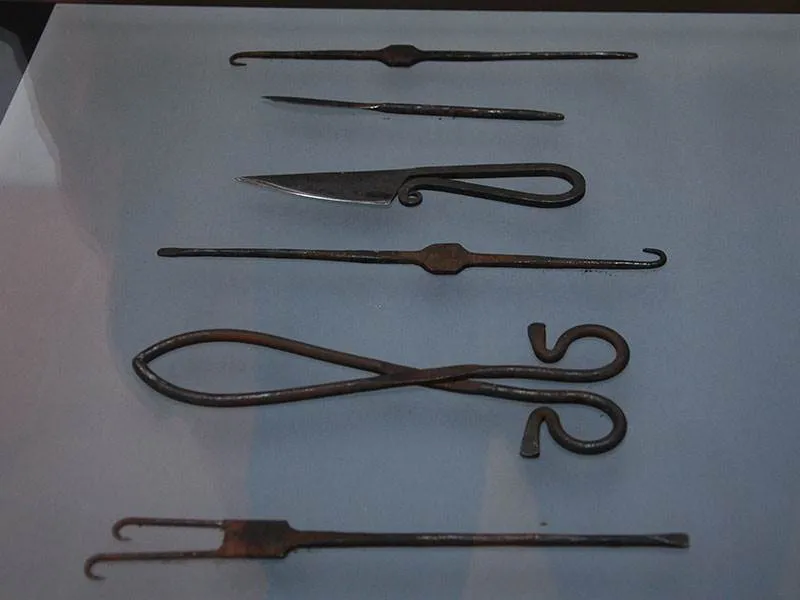
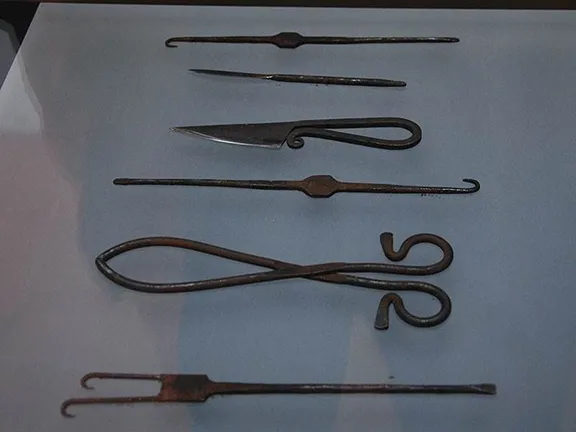
Surgical Instruments
The Romans and Greeks also introduced the Arabs to mechanics. Works by Archimedes and Apollonius were translated into Arabic. Between the 9th and 16th centuries, Muslim scholars went on to produce ‘Books of Ingenious Devices’ and, most prized in al-Andalus, a treatise on automata, by al Muradi.
Many Arab scholars were what we today would call multi-disciplined. A 9th-century scholar from al-Andalus, Ibn Firmas, was famous for his knowledge of astronomy, alchemy, his understanding of metrics and astronomy, for building an armillary sphere and a clock with automata and a representation of the firmament that included thunderbolts and lightning. He had ideas on glass making and composed songs and verses.
It is for his work on flight however that Ibn Firmas is best known. Six hundred years before Leonardo da Vinci, Ibn Firmas built a gliding suit. This was not a sudden whim; he had studied birds and the mathematics of flight and decided it was all possible. His suit and wings were, inevitably, made of feathers. His brief flight ended disastrously as he plummeted to earth. Contemporaries remarked at the time that it would have worked if Firmas had bothered to make a tail. He would be pleased to know he paved the way for future aviators, who, using modern materials, have created just the sort of gliding suit first envisaged by Ibn Firmas. His feat is still remembered today. Ibn Firmas can be seen gliding above the Ibn Battuta Mall in Dubai.
Medicine, together with mathematics and astronomy formed the triad of Arabic contributions to science. Medicine included surgery and, using their skills at metalworking, the Moors made several instruments that would not be out of place in a modern surgeons toolkit. They also developed surgical practices that included amputations, removal of inner organs, and baby delivery by caesarean section. Treatises on hygiene, pathology and pharmacology were translated into Latin, Hebrew and the Romance languages.
For one man, knowledge transcended race and religion. Alfonso X of Castile, also known as the Wise, encouraged scholars of every nationality, including Jews and Muslims, in his court from 1252 to his death in 1284, over 200 years before the final reconquest of Spain. He encouraged the translation of many of the Arabic texts into Castilian. He also learnt a thing or two and, fascinated by time, built a water clock or clepsydra.